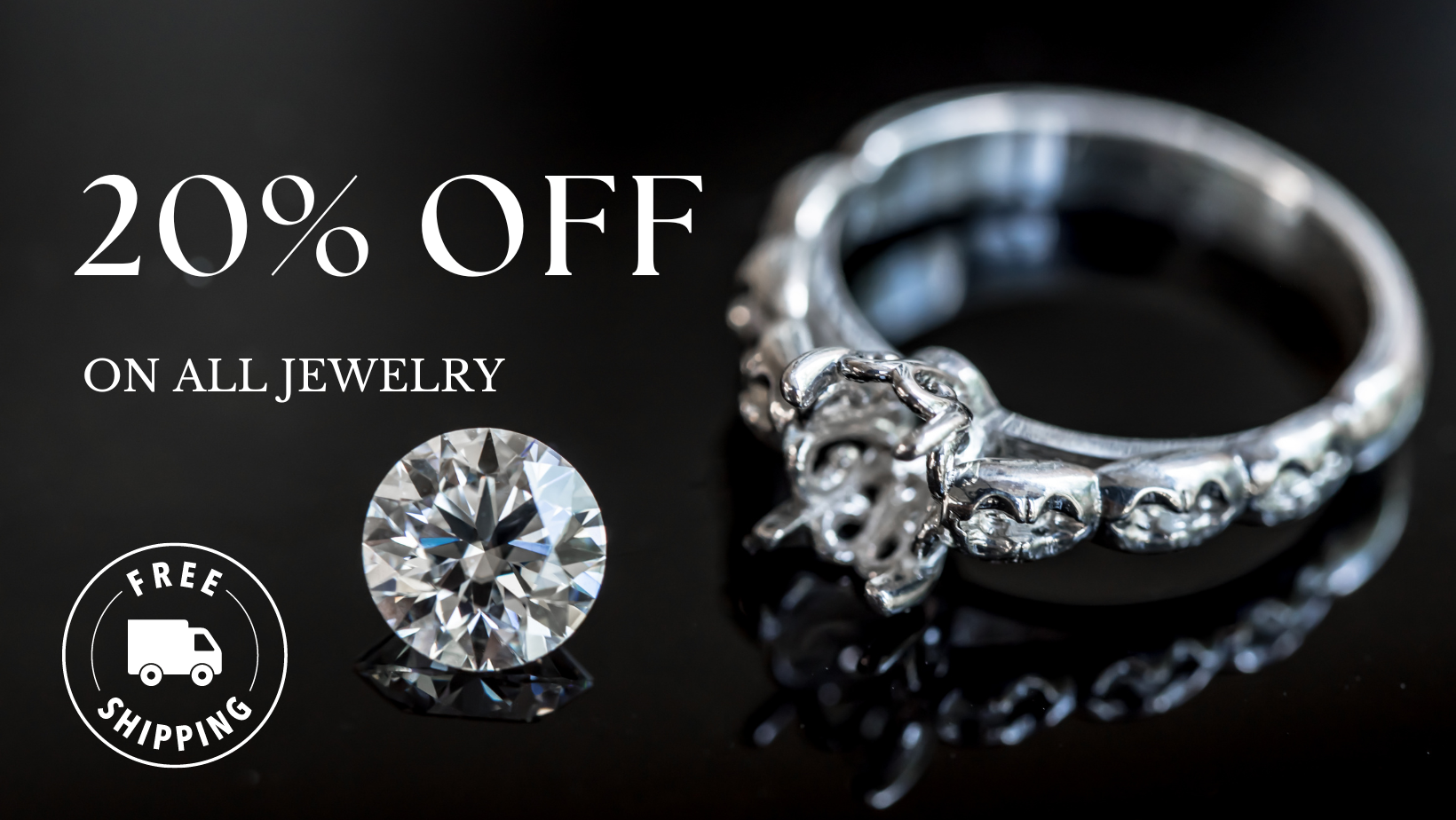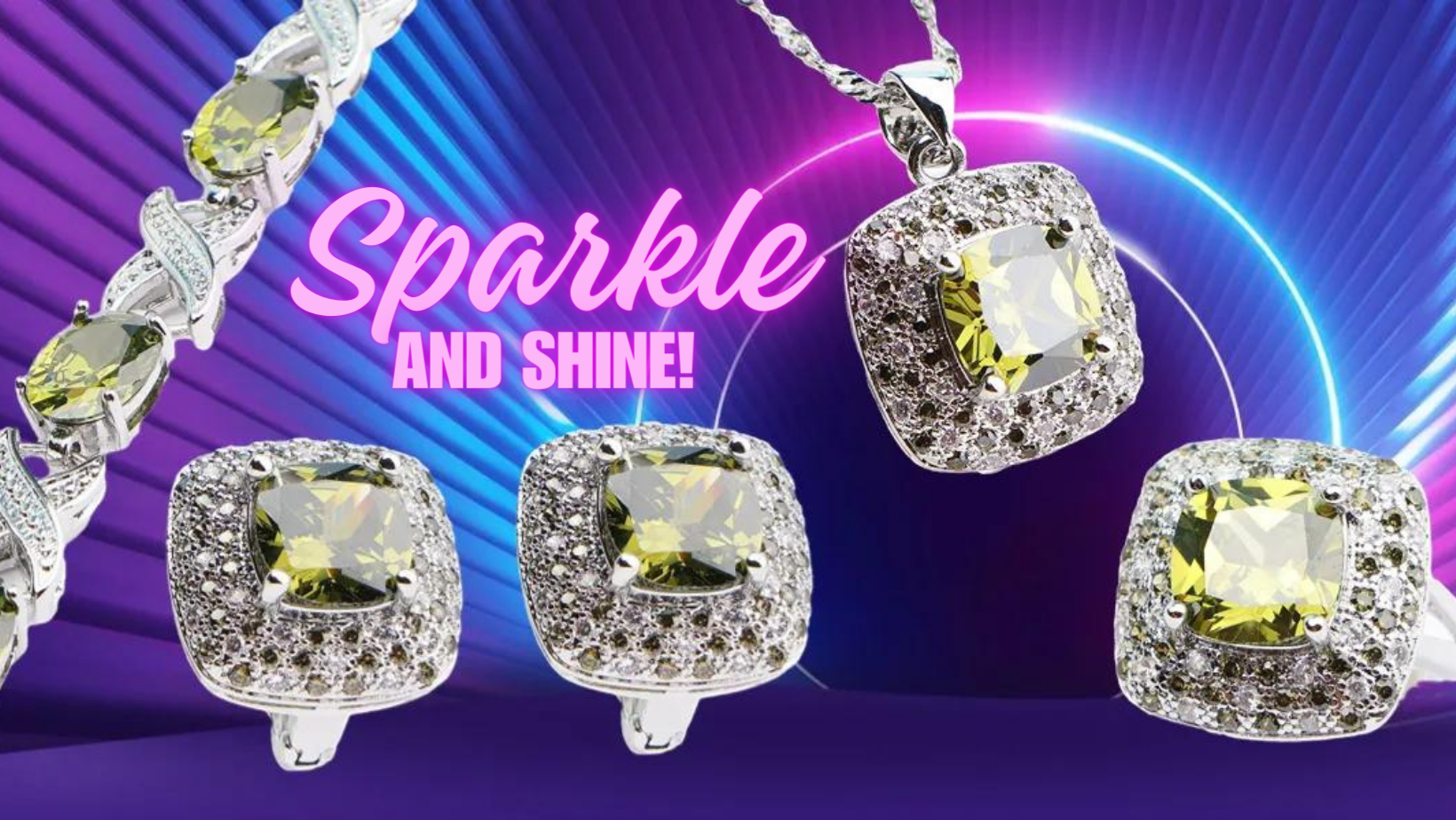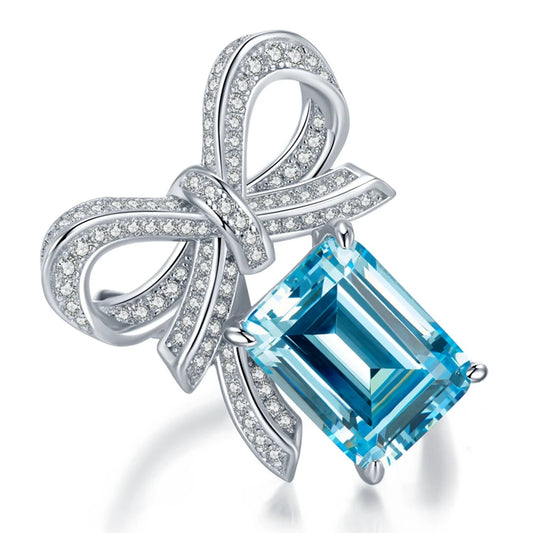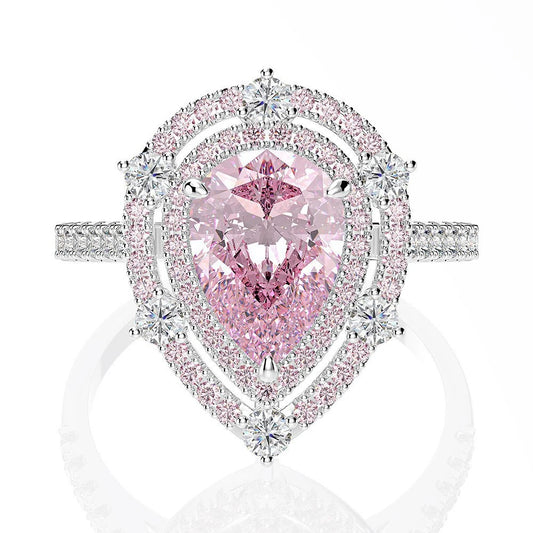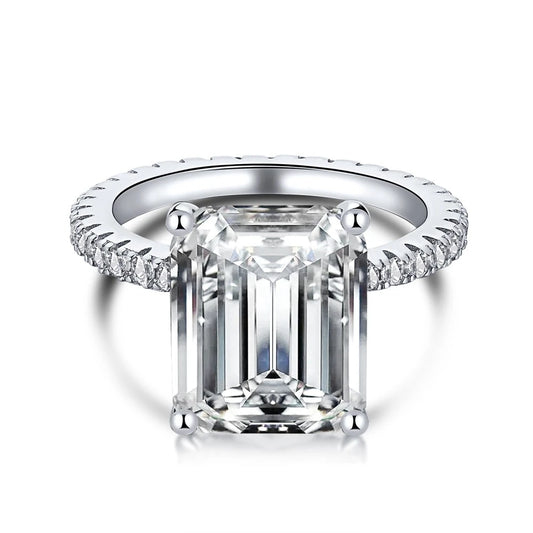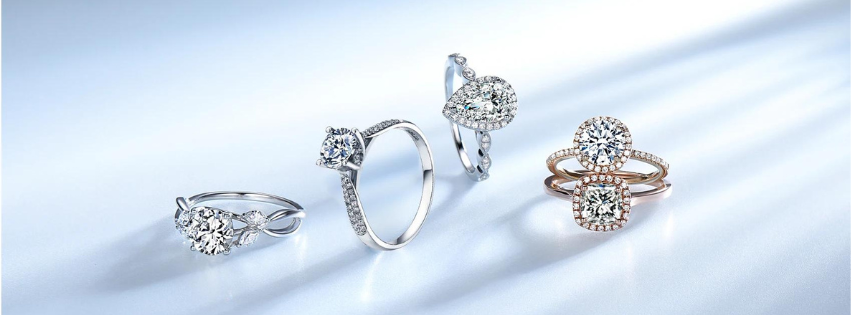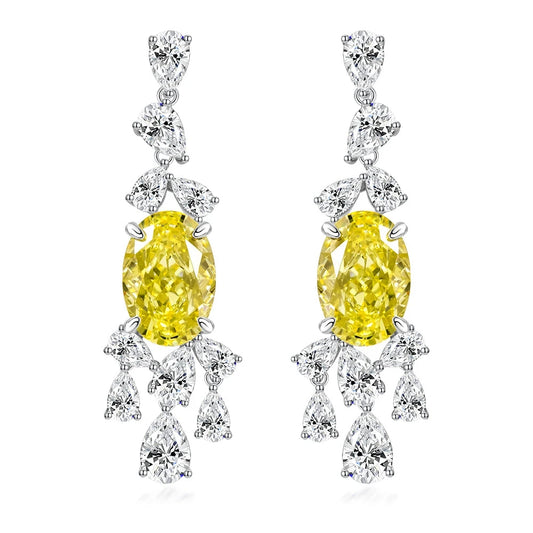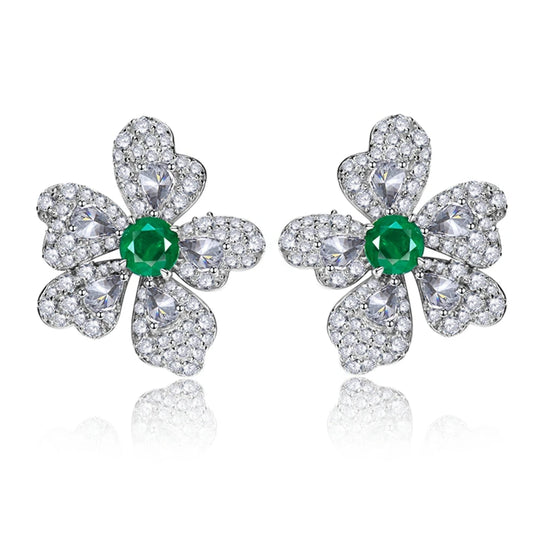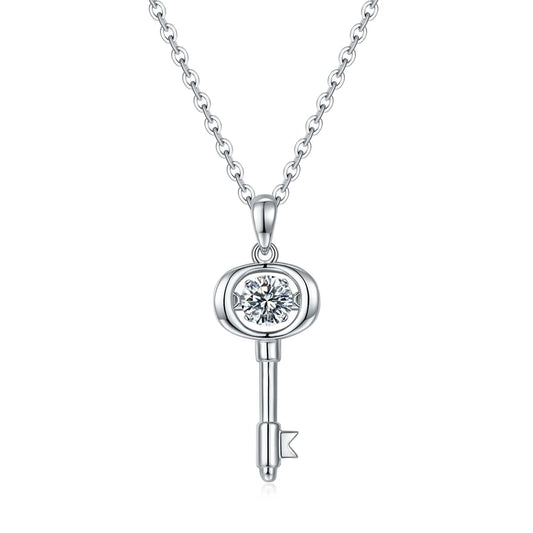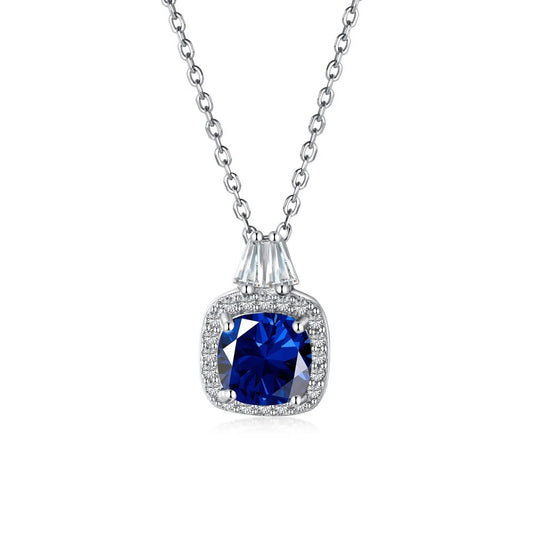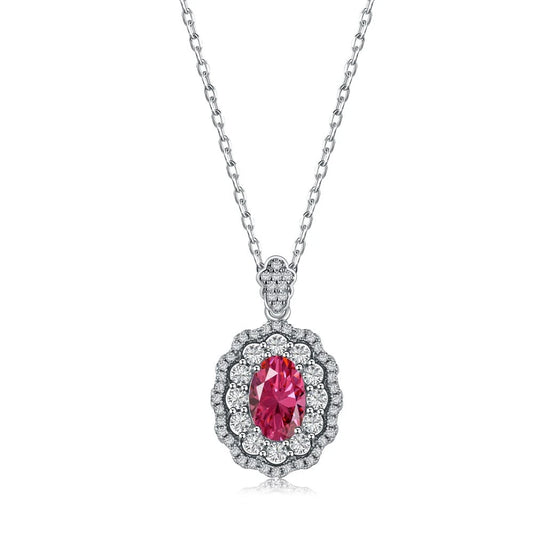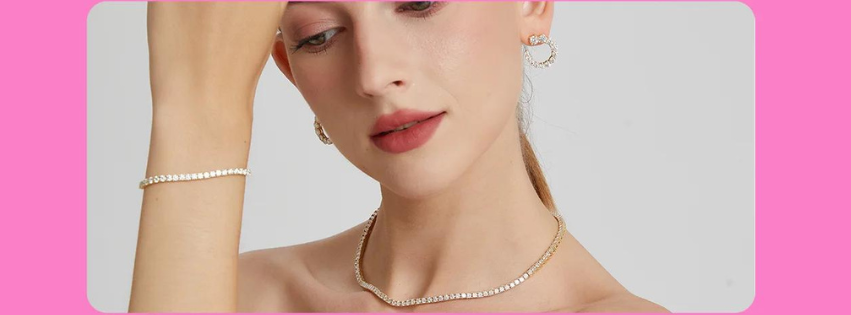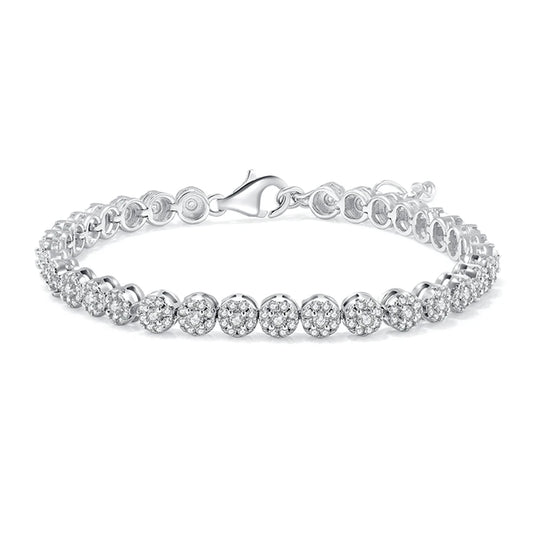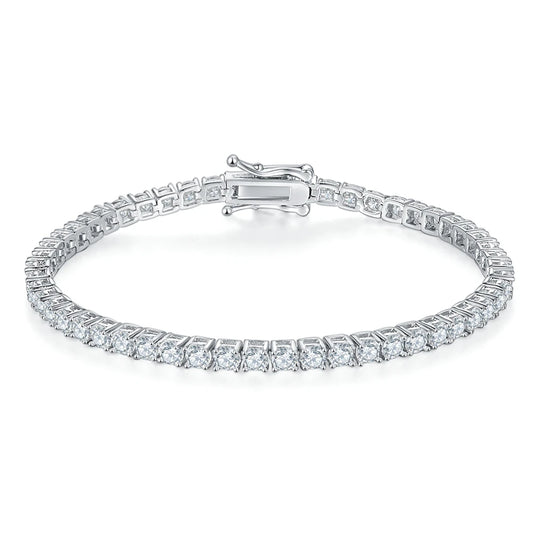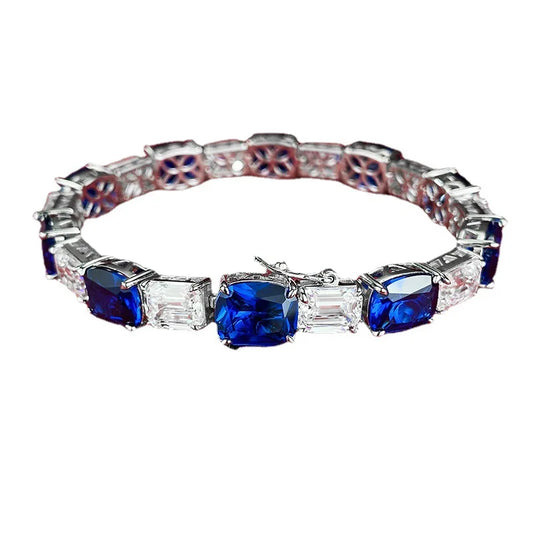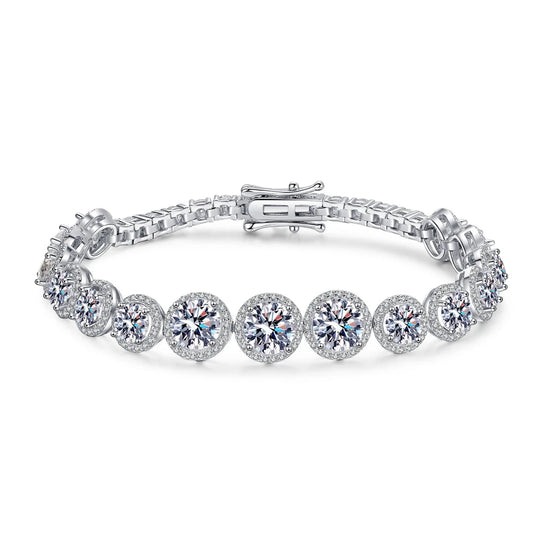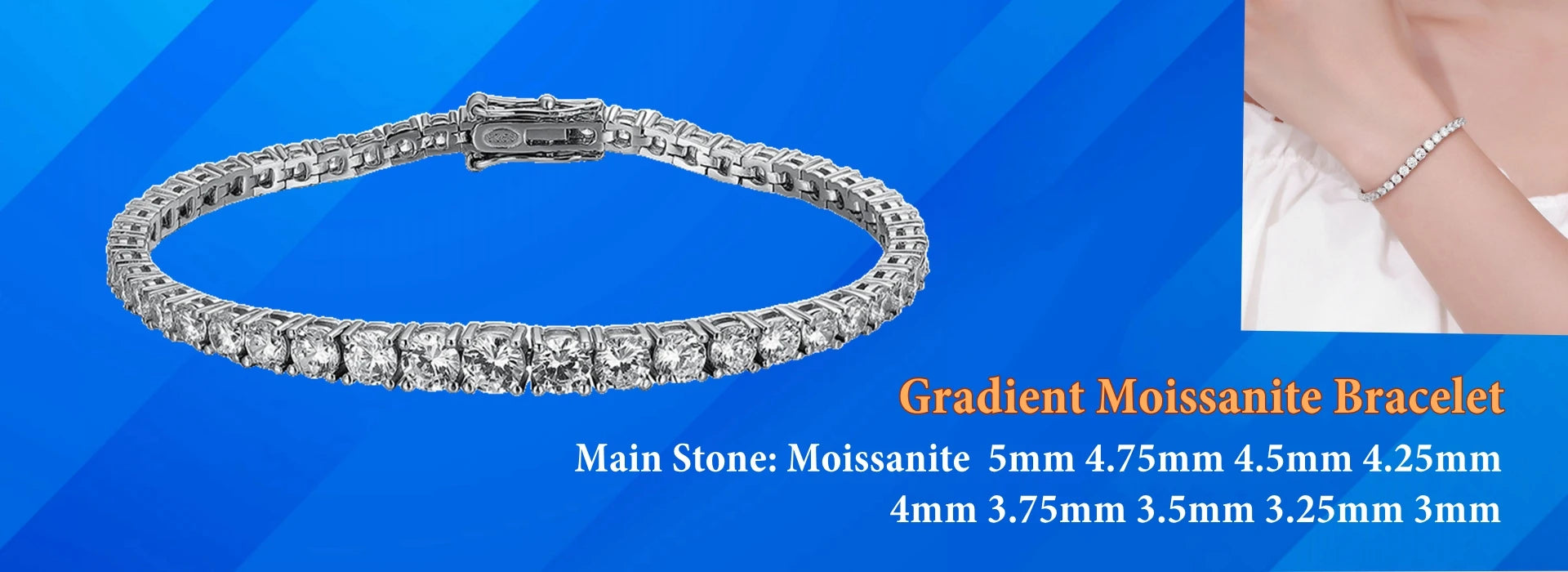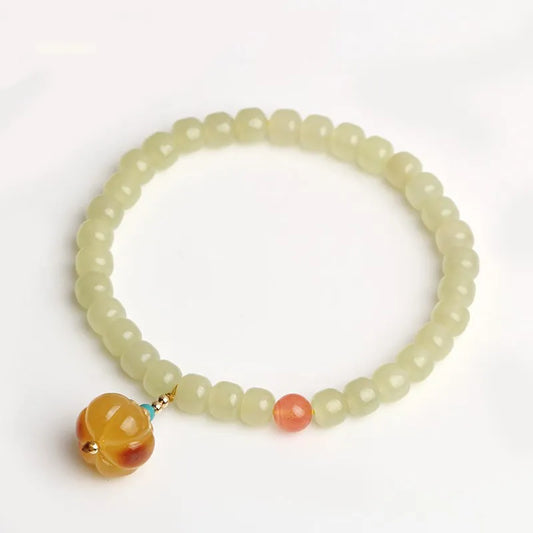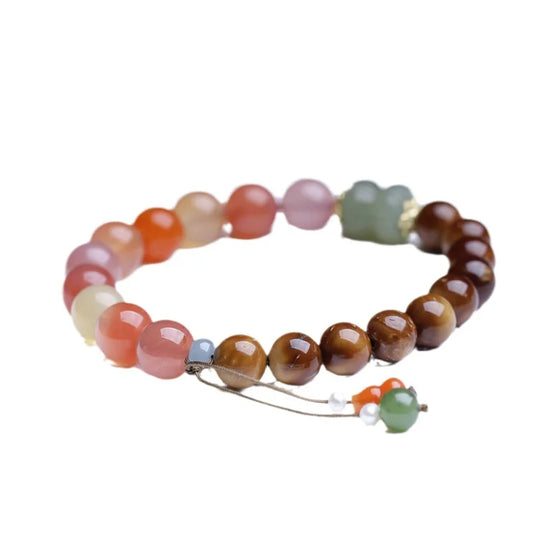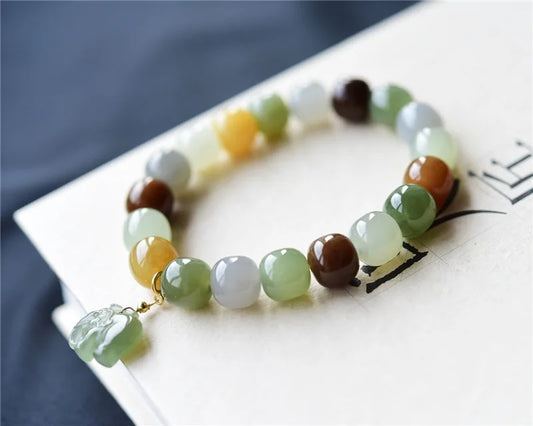Moissanite Rings
Luxury For Less
-
Moissanite Diamond Ring
Regular price $74.04 USDRegular priceUnit price / per$0.00 USDSale price $74.04 USD -
Moissanite Cocktail Ring
Regular price $40.27 USDRegular priceUnit price / per$0.00 USDSale price $40.27 USD -
Moissanite Ring
Regular price From $42.40 USDRegular priceUnit price / per$0.00 USDSale price From $42.40 USD -
Gemstone Moissanite Party Ring
Regular price $36.86 USDRegular priceUnit price / per$0.00 USDSale price $36.86 USD
Moissanite Earrings
Sparkle And Shine
-
Moissanite Luxury Drop Earrings
Regular price $77.81 USDRegular priceUnit price / per$0.00 USDSale price $77.81 USD -
Drop Earrings Moissanite
Regular price From $74.90 USDRegular priceUnit price / per$0.00 USDSale price From $74.90 USD -
Drop Earrings Created Moissanite
Regular price $88.91 USDRegular priceUnit price / per$0.00 USDSale price $88.91 USD -
Gem Created Moissanite Stud Earrings
Regular price $60.88 USDRegular priceUnit price / per$0.00 USDSale price $60.88 USD
Moissanite Necklaces
Elegant And Beauty
-
Moissanite Diamond Cocktail Pendant Necklace
Regular price $62.39 USDRegular priceUnit price / per$0.00 USDSale price $62.39 USD -
Pendant Necklace Moissanite
Regular price $103.11 USDRegular priceUnit price / per$0.00 USDSale price $103.11 USD -
Moissanite Pendant Necklace
Regular price $33.42 USDRegular priceUnit price / per$0.00 USDSale price $33.42 USD -
Moissanite Pendant Necklace
Regular price From $47.14 USDRegular priceUnit price / per$0.00 USDSale price From $47.14 USD
Moissanite Bracelets
Feel Special
-
Moissanite Diamond Tennis Bracelet
Regular price $184.04 USDRegular priceUnit price / per$0.00 USDSale price $184.04 USD -
Moissanite Diamond Tennis Bracelet
Regular price From $120.62 USDRegular priceUnit price / per$0.00 USDSale price From $120.62 USD -
Sapphire Bracelets
Regular price $126.21 USDRegular priceUnit price / per -
Moissanite Diamond Bracelet
Regular price From $267.95 USDRegular priceUnit price / per$0.00 USDSale price From $267.95 USD
Jade Bracelets
Beauty and Symbolism
-
Natural Hetian Jade Pearl Bracelet
Regular price $108.48 USDRegular priceUnit price / per$0.00 USDSale price $108.48 USD -
Natural Hetian Jade Bracelets
Regular price $106.06 USDRegular priceUnit price / per$0.00 USDSale price $106.06 USD -
Natural Hotan Jade Bangle
Regular price $113.49 USDRegular priceUnit price / per$0.00 USDSale price $113.49 USD -
Hetian Jade Bracelet
Regular price $117.62 USDRegular priceUnit price / per$0.00 USDSale price $117.62 USD
Welcome to Bee-Bees where elegance meets expression!
Introducing our newest addition: The Celestial Collection!
Step into a world where every piece tells a story, where every
gemstone holds a secret, and where every accessory reflects your unique
personality. At Bee-Bees, we're thrilled to unveil our Celestial Collection,
inspired by the beauty of the cosmos. From shimmering star pendants to
celestial-inspired earrings, each piece in this collection is crafted with
precision and passion to elevate your style to celestial heights.
FAQ
Reasons To Buy
Symbolic Meaning:
Jewelry often carries symbolic significance, representing milestones,
achievements, or special moments in a person's life. For example, engagement
rings symbolize a commitment to marriage, while a pendant might represent a
cherished memory.
Sentimental Value:
Jewelry is frequently passed down
through generations, creating a sense of connection to family history and loved
ones. Heirloom pieces can hold sentimental value and be treasured for their
history and the stories they carry.
Fashion and Style:
Many people buy jewelry as a form of
self-expression and to enhance their personal style. From statement pieces to
everyday accessories, jewelry can be a way to complement and complete an
outfit.
Investment:
Some individuals view jewelry as an
investment, as certain pieces can appreciate in value over time. Precious
metals and gemstones can retain or increase in value, making them a tangible
asset.
Cultural and Religious Significance:
Jewelry often plays a crucial role
in cultural and religious ceremonies and traditions. Pieces may be worn to
symbolize faith, celebrate festivals, or mark important rites of passage.
Gifts and Celebrations:
Jewelry is a popular gift choice for
special occasions such as birthdays, anniversaries, graduations, and holidays.
It is a tangible and lasting way to express love, appreciation, and
congratulations.
Self-Reward and Self-Care: Purchasing jewelry can be a way for
individuals to treat themselves and celebrate personal achievements. It can
serve as a reminder of one's accomplishments and the importance of self-care.
Social Status and Recognition:
In some cultures, jewelry is
associated with social status and wealth. Individuals may purchase jewelry to
signify their position in society or to demonstrate their success.
Artistic and Craftsmanship Appreciation:
Many people appreciate the artistry
and craftsmanship involved in creating unique and intricate jewelry pieces.
Collectors often acquire pieces for their aesthetic value and the skill of the
artisans who crafted them.
Mood Enhancement:
Wearing jewelry that holds personal
significance or aesthetic appeal can boost confidence and enhance mood. People
may feel a sense of empowerment and beauty when adorned with jewelry.
Moissanite Vs Diamonds
Moissanite and diamonds are two popular gemstones that have distinct differences, including their composition, hardness, brilliance, and cost. Here's a comparison of moissanite vs. diamond:
Composition:
Diamond: Diamonds are composed of carbon atoms arranged in a crystal lattice structure. They are entirely made of carbon and are one of the hardest known natural materials.
Moissanite: Moissanite is composed of silicon carbide (SiC), a compound made of silicon and carbon. It is a synthetic gemstone created in laboratories.
Hardness:
Diamond: Diamonds are the hardest known natural material, scoring a 10 on the Mohs scale of hardness. This means they are extremely resistant to scratching and are suitable for everyday wear in jewelry.
Moissanite: Moissanite is also a very hard material, scoring a 9.25 on the Mohs scale. While not as hard as diamonds, it is still highly durable and suitable for jewelry.
Brilliance and Fire:
Diamond: Diamonds are known for their exceptional brilliance and fire, which is the result of their superior refractive index and dispersion. This means they exhibit strong sparkle and a play of light.
Moissanite: Moissanite is also very brilliant and sparkles quite well. In fact, some people prefer the extra colorful fire that moissanite displays, while others may find it too "flashy" in comparison to diamonds.
Cost:
Diamond: Natural diamonds can be very expensive, with prices varying based on factors like carat weight, cut, color, and clarity. High-quality diamonds can be quite costly.
Moissanite: Moissanite is generally more affordable than diamonds. It offers a similar look and durability to diamonds at a fraction of the cost.
Origin:
Diamond: Natural diamonds are mined from the Earth and are created under high pressure and temperature over millions of years. They are relatively rare.
Moissanite: Moissanite is lab-created, so it is not a natural gemstone. It is produced through a controlled process, making it more readily available and less dependent on mining.
Ethics:
Diamond: The diamond mining industry has faced ethical concerns, including conflict or "blood" diamonds. However, efforts have been made to regulate the trade through the Kimberley Process to reduce the sale of conflict diamonds.
Moissanite: Since moissanite is lab-created, it does not have the same ethical concerns associated with diamond mining.
In summary, the choice between moissanite and diamond depends on personal preferences and priorities. Diamonds are valued for their natural origin, hardness, and traditional status in the jewelry industry. Moissanite is valued for its affordability, ethical production, and similar visual properties to diamonds. Your choice may be influenced by your budget, ethical considerations, and the specific appearance you desire in a gemstone.






About Moissanite Diamond
Moissanite is a gemstone that has gained popularity as a diamond alternative due to its brilliance, durability, and affordability. Here are some key points about moissanite:
Composition:
Moissanite is composed of silicon carbide (SiC) and was first discovered in a meteor crater in Arizona by Nobel Prize-winning chemist Dr. Henri Moissan in 1893. Natural moissanite is extremely rare, so most moissanite used in jewelry is lab-created.
Hardness and Durability:
Moissanite is one of the hardest known substances, ranking 9.25 on the Mohs scale of hardness (diamonds are a 10). This makes it very durable and suitable for everyday wear.
Brilliance and Fire:
Moissanite exhibits exceptional brilliance and fire, often surpassing that of diamonds. Its refractive index is higher than that of a diamond, which means it has more sparkle and brilliance.
Color:
Moissanite is typically near colorless, but it can also be found in various colors such as green, blue, and yellow, depending on impurities present during its formation.
Affordability:
One of the main attractions of moissanite is its affordability compared to diamonds. Moissanite typically costs significantly less than diamonds of similar size and quality.
Ethical Considerations:
Because moissanite is lab-created, it is considered an ethical choice for those concerned about the environmental and social impact of diamond mining. It does not involve the same ethical concerns such as conflict or blood diamonds.
Certification:
Moissanite is often accompanied by a certificate of authenticity from the manufacturer or seller, detailing its characteristics and quality.
Uses:
Moissanite is commonly used in engagement rings, earrings, necklaces, and other types of jewelry. Its popularity has been steadily increasing as people seek more affordable and sustainable alternatives to traditional diamond jewelry.
Overall, moissanite offers an attractive option for those looking for a beautiful and durable gemstone with exceptional sparkle and fire, at a fraction of the cost of diamonds.
About Jade Jewelry
Jade is a mineral with a rich cultural history and is highly valued for its beauty and symbolism. Here are some key points about jade:
-
Types of Jade: Jade is actually a generic term used to describe two different minerals: nephrite and jadeite. Nephrite is more common and is found in various shades of green, as well as white, brown, and black. Jadeite is rarer and comes in a wider range of colors, including green, lavender, red, yellow, and white.
-
Cultural Significance: Jade has been revered in many cultures for thousands of years. In China, it has been associated with virtues such as purity, wisdom, and prosperity. It was used to create ceremonial objects, ritual items, and ornamental pieces for emperors and nobility. In Mesoamerican cultures like the Maya and Aztec civilizations, jade held similar significance and was often associated with fertility, wealth, and status.
-
Symbolism and Beliefs: Jade is believed to have various spiritual and healing properties in different cultures. It is often associated with balance, harmony, and protection. Many believe that wearing jade can bring good fortune, promote longevity, and protect against negative energies. It's also thought to have calming and balancing effects on the body and mind.
-
Jade Carving: Jade is prized for its toughness and durability, which makes it ideal for carving intricate designs. Artisans create a wide range of objects from jade, including sculptures, figurines, jewelry, and decorative items. Carving jade requires skill and precision due to its hardness.
-
Modern Use: Today, jade continues to be used in jewelry, particularly in East Asian countries where it holds cultural significance. Jade jewelry such as bracelets, pendants, earrings, and rings are popular choices for both everyday wear and special occasions. Additionally, decorative objects made from jade are often prized as collector's items.
-
Authenticity: Due to its popularity and value, there are many imitation and synthetic forms of jade on the market. When purchasing jade jewelry or objects, it's important to ensure authenticity. Genuine jade is dense, cool to the touch, and has a smooth, waxy texture. Reputable sellers often provide certification of the jade's authenticity.
Overall, jade is a timeless mineral that continues to captivate people with its beauty, symbolism, and cultural significance across the globe.
Jewelry Maintenance

Jewelry maintenance is important to ensure that your pieces retain their beauty and longevity. Here are some general tips for maintaining different types of jewelry:
Cleaning:
Diamonds and Gemstones:
Soak them in a mixture of mild dish soap and warm water. Use a soft brush to gently scrub away dirt and grime. Rinse and pat dry.
Gold and Silver:
Polish with a jewelry polishing cloth to remove tarnish. For deeper cleaning, use a mild jewelry cleaner.
Pearls:
Wipe with a soft, damp cloth. Avoid using chemicals or harsh substances that can damage their luster.
Storage:
Separate Pieces:
Store each piece of jewelry separately to prevent scratching and tangling.
Use Jewelry Boxes:
Keep your jewelry in a lined jewelry box to protect it from dust and air exposure.
Avoid Sunlight:
Some gemstones, like amethyst and citrine, can fade in sunlight, so store them away from direct sunlight.
Our jewelry are a great gift for your girlfriend, wife, mother, daughter, sister, friends on Christmas, birthday, anniversary, valentine's day, thanksgiving or any other holiday.
Brand quality: We are committed to providing customers with high quality jewelry and excellent customer service. if you have any questions, please feel free to Contact us.
Ring Size


